Applied Statistics - From data to results (Fall 2012)
|
"Coincidences, in general, are great stumbling blocks in the way of
that class of thinkers who have been educated to know nothing of the
theory of probabilities [and statistics] - that theory to which the most glorious
objects of human research are indebted for the most glorious of
illustration." [Edgar Allan Poe, "The Murders in the Rue Morgue", 1841] |
General information:
| Lecturer: | Troels C. Petersen (NBI High Energy Physics (HEP)) (petersen |
| Additional teacher: | Sascha Mehlhase (NBI High Energy Physics (HEP)) (mehlhase |
| When: | Monday 9-12, Tuesday 13-17, and Friday 9-12 (Week Schedule Group B). |
| Where: | Auditorium M (Building M at NBI). |
| Period: | Blok 1 (3rd of September - 2nd of November 2012), 9 weeks. |
| Evaluation: | Problem set (15%), Projects (15% each), Take-home exam (55%). |
| Exam: | Take-home (24 hour) exam given Thursday the 1st of November 2012 at 8:15. |
| Censur: | Internal censor evaluation (following the Danish 7-step scale) |
| Credits: | 7.5 ECTS (i.e. 1/8 academic years work). |
| Level: | Intended for students at 3rd - 5th year of studies and new Ph.D. students. |
| Prerequisites: | Simple mathematics and some programming (any language, but see below). |
| Note: Programming is an essential tool and is therefore necessary for the course. | |
| Programs used: | Simple C++ and the CERN software ROOT. |
| Text book: | Roger Barlow: Statistics: A guide to the use of statistics. |
| Additional litterature: | Philip R. Bevington: Data Reduction and Error Analysis. |
| Glen Cowan: Statistical Data Analysis. | |
| Pensum/Curriculum: | The course curriculum can be found here. |
| Outline: | Graduate statistics course giving an advanced introduction to data analysis. |
| Course format: | Shorter lectures followed by computer exercises and discussion. |
| Key words: | PDF, Uncertainties, Correlation, Chi-Square, Likelihood, Fitting, Monte Carlo. |
| Language: | Danish (English if requested). All exercises, problem sets, exams, notes, etc. are in English. |
Further information can be found here: Applied Statistics course information
A "course introduction" questionnaire can be found at: http://goo.gl/nZdbo
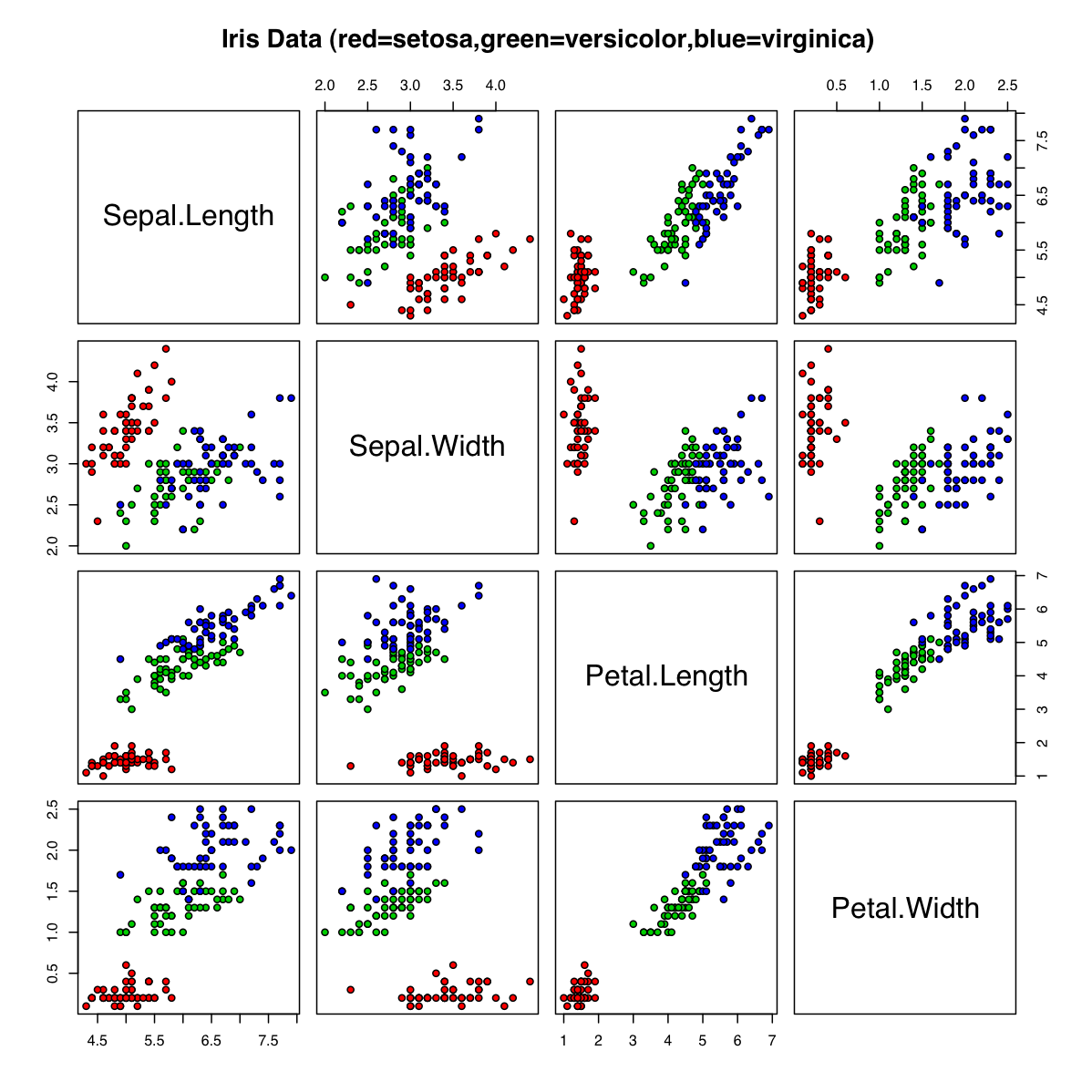
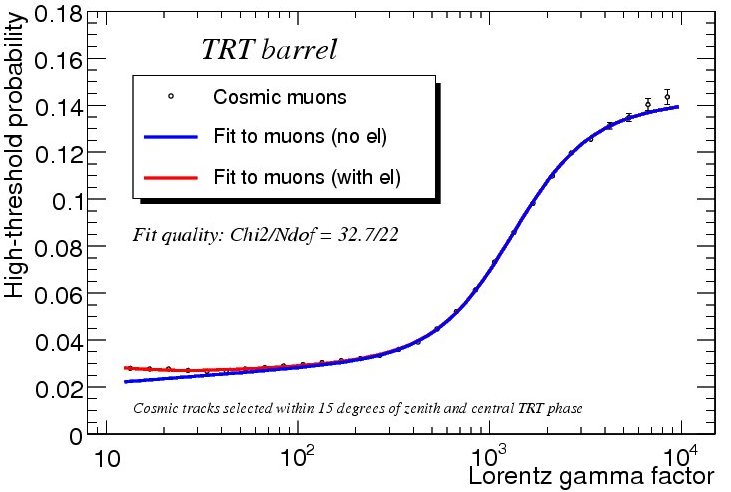
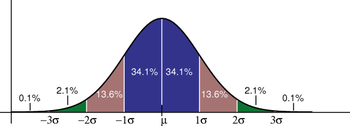
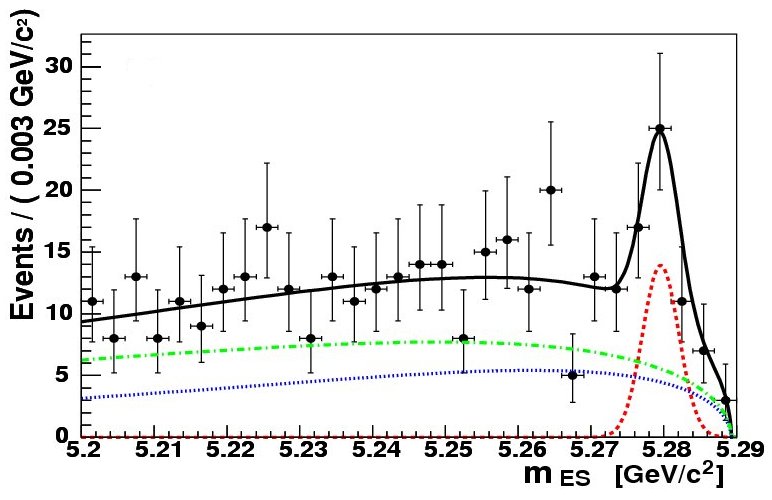
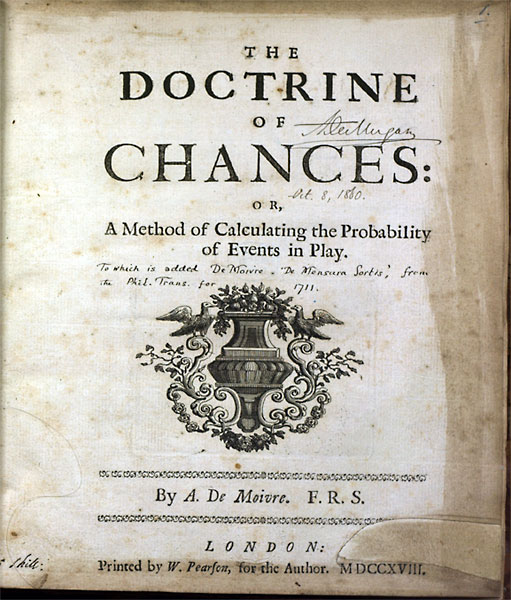
Problem sets, projects, and exam set:
During the course there will be a problem set to be solved, two projects to be carried out, and a final take-home exam to be handed in, all of which can (in time) be found below:
Solution Suggestions/Discussion
Course outline:
Week 0: (Pre-course session)
31 (13:15-15:00): Setting up computers, introduction to C++/ROOT (Aud. M).
Week 1 (Introduction, general concepts)
3: Intro to course, photos, questionnaire and table measurements (Aud. A). Central limit theorem. Mean, RMS and estimators. Correlation.
4: Distributions and Error propagation (which is a science!).
7: ChiSquare and introduction to project 1.
Week 2 (ChiSquare, Systematic Errors)
10: Start project 1 (for Friday the 21st of September) [Sascha teaching].
11: Work on project 1 and ROOT tutorial [Sascha teaching].
14: Random numbers and their use in MC. Systematic errors.
Week 3 (Likelihood, Fitting, Using Simulation):
17: Likelihood and fitting. Fitting data (which is an art!).
18: More fitting and ROOT tutorial [Sascha teaching].
21: Producing random numbers (handing in project 1). Handing out problem set (for Tuesday the 2nd of October).
Week 4 (Hypothesis Testing):
24: Hypothesis testing. Kolmogorov-Smirnov and Wald-Wolfowits tests.
25: Catching up, including extended examples.
28: Evaluation of project 1 results. Midway repetition.
Week 5 (Bayes Theorem and Confidence Intervals):
1: Bayes theorem. Separating/classifying events.
2: Limits and confidence intervals (handing in the problem set).
5: Summary of curriculum.
Week 6 (Classifying events and calibration):
8: Multi-Variate Analysis (MVA). Fisher and ROOT's TMVA.
9: Start project 2 (for Friday the 26th of October) [Sascha teaching].
12: Designing experiments. Calibration and use of control channels. Blind analysis. Work on 2nd project.
Week 7: (efterårsferie/project2)
15:
16:
19:
Week 8 (Project 2 presentations and Fitting):
22: Project 2
23: Project 2
26: Presentations of 2nd projects.
Week 9 (Calibration, summary and exam):
29: Calibration
30: Summary/repetition of course curriculum.
1: Exam given (posted on course webpage in the morning 8:00).
2: 12:00 Exam to be handed in.
Notes:
In addition to the text book and other litterature, some notes will be used during the course:
Links: